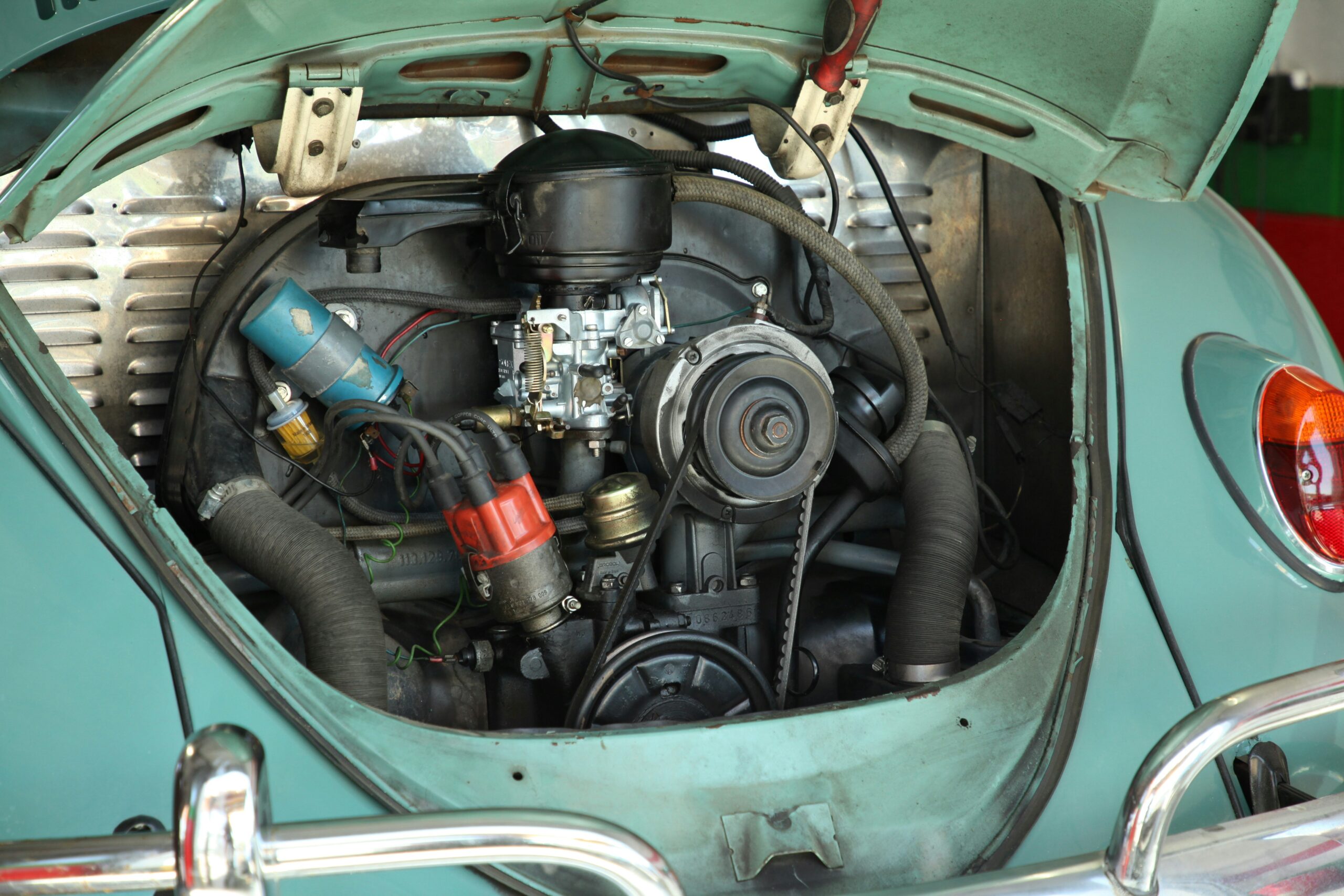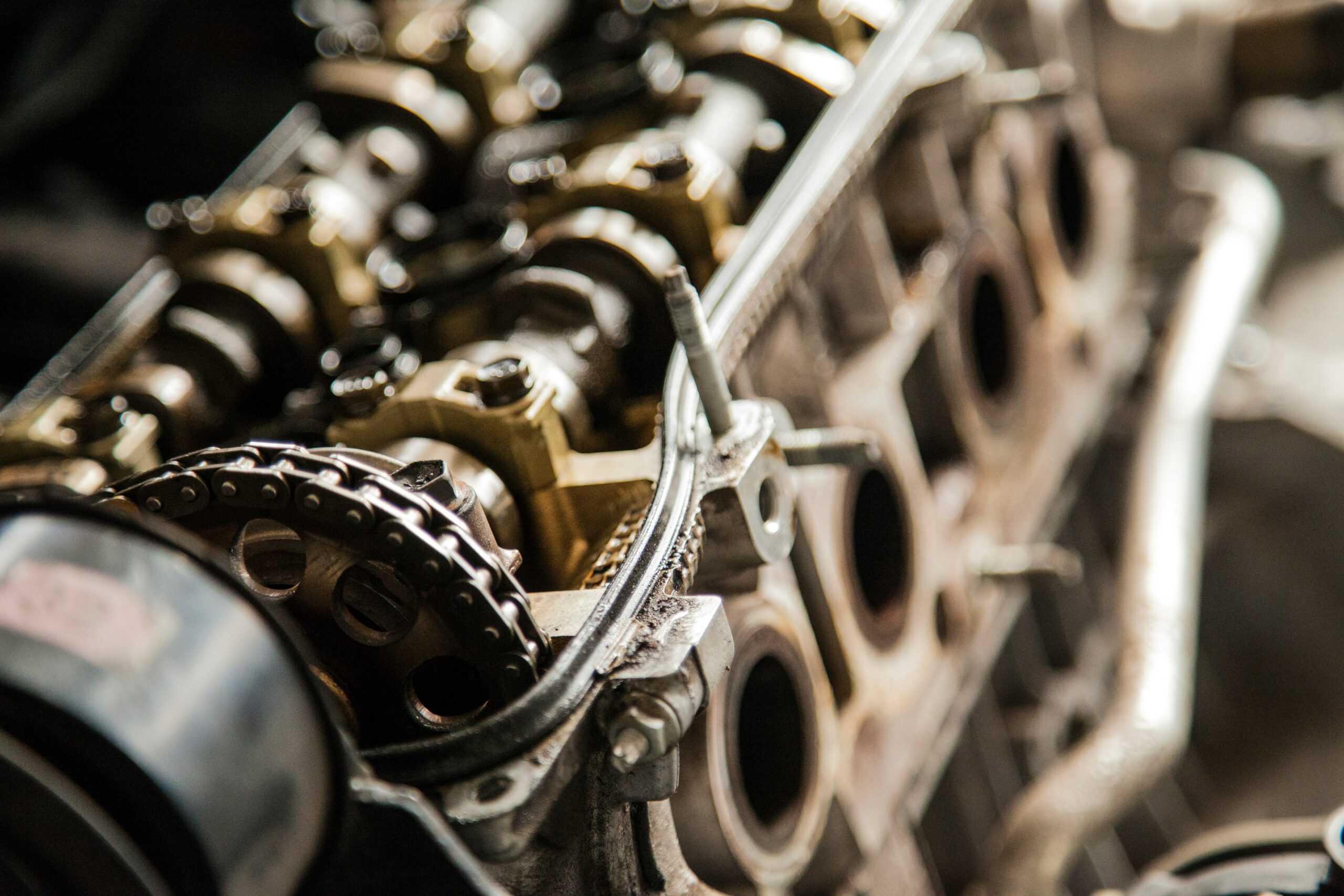- Your cart is empty
- Continue Shopping
What Are Headers on a Car and Why Do They Matter?

When people talk about improving a car’s performance, terms like “exhaust headers” often come up. But what exactly are headers, and why do enthusiasts and mechanics pay so much attention to them?
What Are Headers?
Headers are a type of exhaust manifold designed to improve the way exhaust gases exit an engine’s cylinders. They’re usually made from steel, stainless steel, or ceramic-coated tubing.
In a standard engine, exhaust gases from multiple cylinders are funneled into a single pipe through a cast-iron manifold. This can cause a bottleneck because gases from different cylinders collide and create back pressure. Headers solve this problem by giving each cylinder its own separate pipe before merging into a single collector.
How Headers Work
- Individual Tubes: Each cylinder gets its own exhaust tube.
- Equal Length Design: Many headers are built so each tube is the same length, ensuring gases leave the cylinders evenly.
- Collector Pipe: The individual tubes eventually join at one point, where gases flow into the rest of the exhaust system.
This design reduces back pressure and allows exhaust gases to leave more efficiently, which helps the engine “breathe” better.
Benefits of Headers
- Increased Horsepower
By reducing back pressure, headers improve engine efficiency, often resulting in noticeable power gains. - Better Exhaust Flow
Exhaust gases are expelled more smoothly, which can improve acceleration. - Improved Fuel Efficiency
Since the engine doesn’t have to work as hard to push out exhaust gases, fuel efficiency may improve slightly. - Enhanced Sound
Headers often give cars a deeper, sportier exhaust note, which many enthusiasts enjoy.
Types of Headers
- Short-Tube Headers: Easier to install, work well at lower RPMs, but give smaller performance gains.
- Long-Tube Headers: Longer pipes that boost performance at higher RPMs, often preferred for racing or high-performance setups.
Downsides of Headers
- Cost: Quality headers can be expensive.
- Installation: Installing headers can be complex and may require modifications.
- Emissions Compliance: Some aftermarket headers may not meet local emissions regulations.
Headers might not be the flashiest part of a car, but they can make a big difference in performance and sound. By improving exhaust flow, they help engines run more efficiently, providing gains in power, responsiveness, and driving experience. For car enthusiasts, upgrading to headers is often one of the first steps toward unlocking an engine’s true potential.




